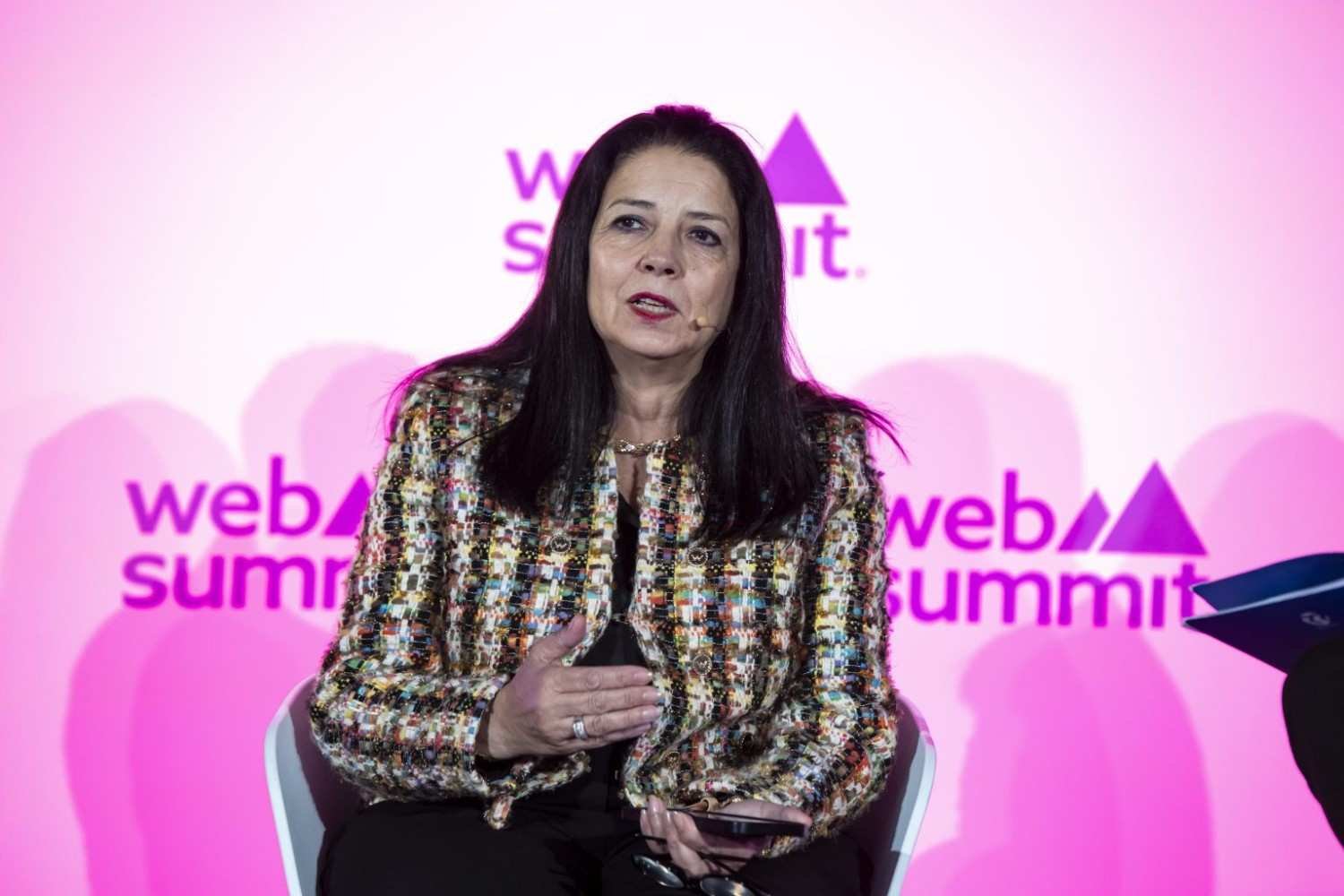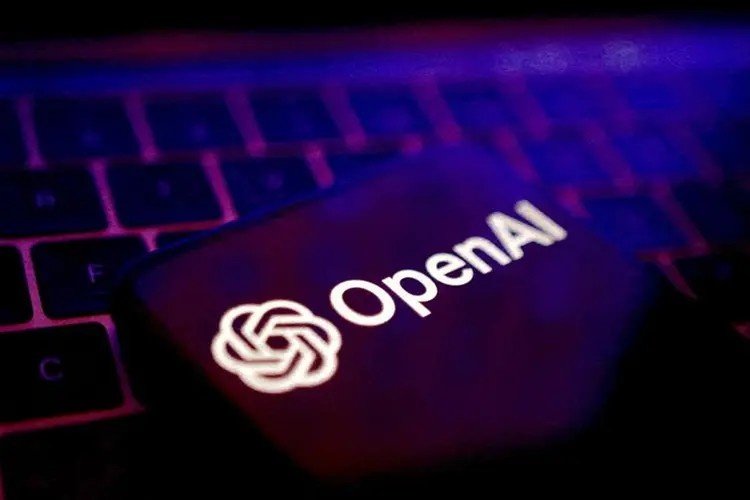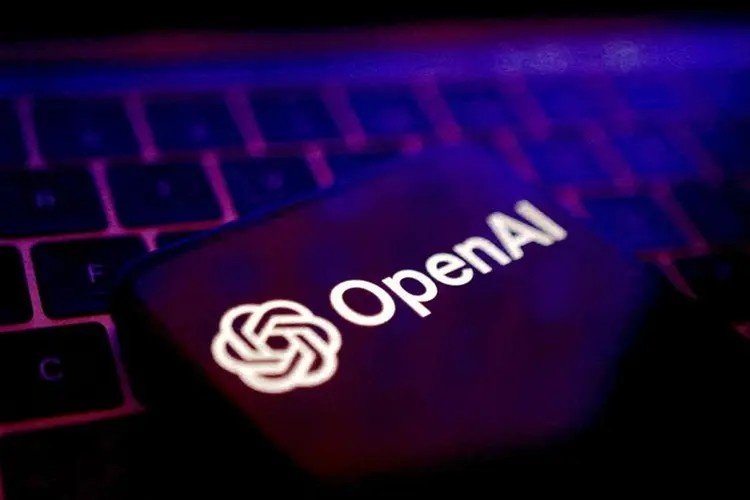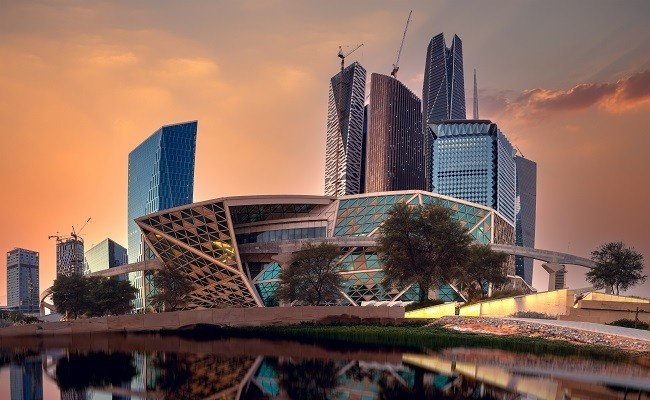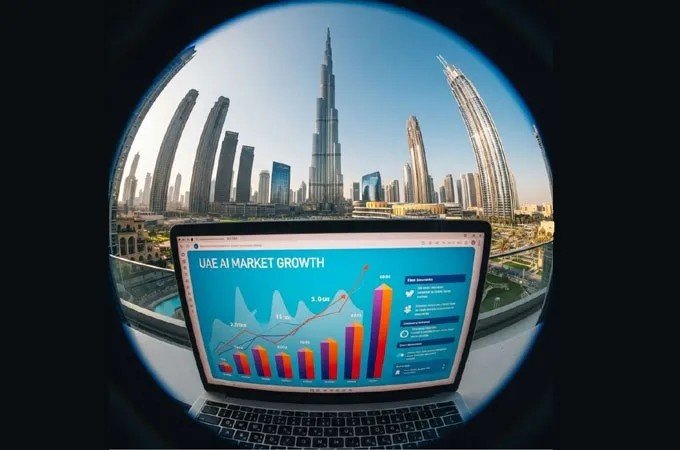As artificial intelligence reshapes the global economy, Morocco is racing to define its place in this new digital order. Once a peripheral concern, AI has now become a national priority — a strategic pillar of Morocco’s broader vision for technological sovereignty and sustainable development.
The country’s transformation began with the “Morocco Digital 2020” agenda and subsequent frameworks that aim to reduce dependence on foreign technology giants. Rabat’s focus lies in fostering a digital culture rooted in Moroccan identity while asserting greater control over the technologies that underpin its national infrastructure.
Building Digital Sovereignty
Morocco’s digital sovereignty strategy rests on three core pillars: developing a national cloud infrastructure, expanding data centers, and nurturing start-up ecosystems. These efforts aim to achieve self-reliance and ensure that sensitive data — administrative, financial, and personal — remain under national control.
Yet, systemic vulnerabilities persist. Much of Morocco’s digital ecosystem still depends on imported servers, software, and security systems. AI algorithms developed abroad often operate as “black boxes,” leaving local users with little control or understanding of how data is processed. This dependency exposes the country to both operational bias and strategic risk.
Governance vs. Innovation: A Delicate Balance
To bridge the gap between innovation and regulation, Morocco has established a Ministry of Digital Transition and is drafting legislation to form a National Agency for AI Governance. A major milestone came with the introduction of the e-Dirham, a sovereign digital currency built on a private blockchain — a step toward financial modernization and state oversight of an expanding crypto economy.
Despite a 2017 ban on cryptocurrencies, Morocco now has nearly six million users engaged in informal digital transactions. The e-Dirham seeks to bring this activity under regulatory supervision while promoting safer, state-backed digital payments. However, structural challenges remain: up to 46 percent of Moroccans are unbanked, and digital illiteracy affects about 40 percent of rural residents, highlighting a growing digital divide.
Seeking an AI-Driven Economic Model
The AI revolution has exposed disparities across the Arab world. While Gulf nations invest heavily in AI readiness, North African countries like Morocco are still catching up. Initiatives such as the Jazari Institute in Guelmim-Oued Noun show promise — focusing on AI for agriculture, renewable energy, digital health, and sustainable tourism — but scaling these models nationwide remains an uphill battle.
Moroccan entrepreneurs continue to face limited financial support. Banks prefer traditional sectors over innovation-driven ventures, reinforcing the perception that technology is risky. Without stronger incentives, AI growth risks being confined to major urban hubs like Casablanca and Marrakesh, leaving interior regions behind.
Possible Futures
In the least favorable scenario, Morocco could remain dependent on imported AI solutions, becoming a consumer rather than a creator of innovation. Such dependency would fuel brain drain and widen economic inequality.
However, the more likely outcome points to gradual progress. With targeted reforms, education programs in data science and AI engineering, and coordinated governance, Morocco could strengthen its competitiveness and attract high-value tech investments. By linking innovation with inclusion, the country stands to transform its digital aspirations into sustainable growth.











